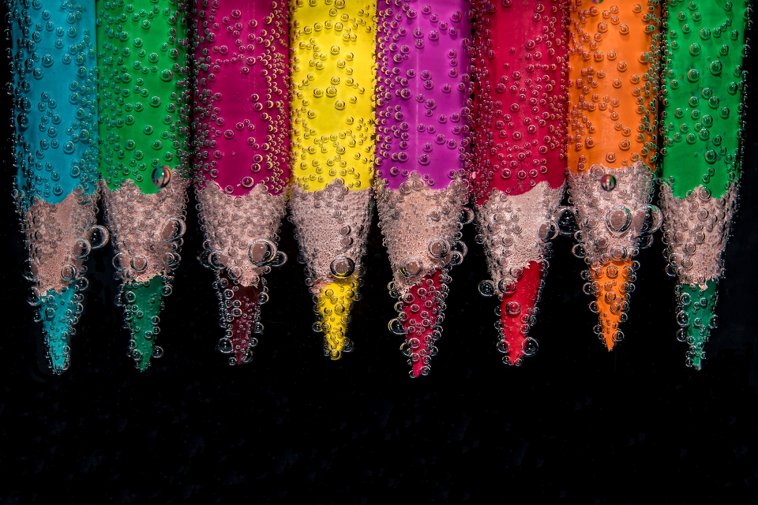Colors in Spanish

Basic Color Terms
Here is a list of the major color words in Spanish and their translations:
| Spanish | English |
|---|---|
| amarillo | yellow |
| azul | blue |
| blanco | white |
| gris | gray |
| marrón/ café | brown |
| morado/ púrpura | purple |
| naranja/ anaranjado | orange |
| negro | black |
| rojo | red |
| rosado/ rosa | pink |
| verde | green |
| violeta | violet |
Shades of Color
Now that you know the basic color terms in Spanish, it’s time to have some fun! Whether you are painting a picture or decorating your home, knowing different shades of color makes things more interesting.
Hues
There will be times when you’ll want to describe the degree of lightness, darkness, or strength of a certain color. Here is a list of helpful adjectives that can be used to describe the hue of a color:
Let's take a look at how these are used in Spanish!
| examples |
|---|
Putting Colors in Context
The next step in this lesson is to learn how to put these color terms in context to express your preferences, describe your surroundings, and talk about human attributes.
Expressing Preferences
One of the easiest ways to practice colors in Spanish is to talk about your preferences.
| examples |
|---|
Describing your Surroundings
When used as an adjective, a color must agree with the noun it describes in gender and in number.
- Colors that end in o in the masculine singular form have four possible endings: o , a , os , or as.
- Colors that end in e or a consonant do not change according to gender. They agree with both masculine and feminine nouns in the singular form, though they do change for number. To make these colors plural, add an s to the singular ending.
For example:
| examples |
|---|
Describing Human Attributes
When talking about eye color and skin color (besides brown), we can use the basic color terms.
For example:
| examples |
|---|
When talking about someone’s hair color (and sometimes skin color) in Spanish, these color terms are often changed.
I have brown hair.
Tengo el cabello castaño. Tengo el cabello moreno. Tengo el cabello marrón.I can’t stand my gray hair.
No soporto mi pelo gris. No soporto mi pelo canoso.Learn more Spanish vocabulary with these articles!














